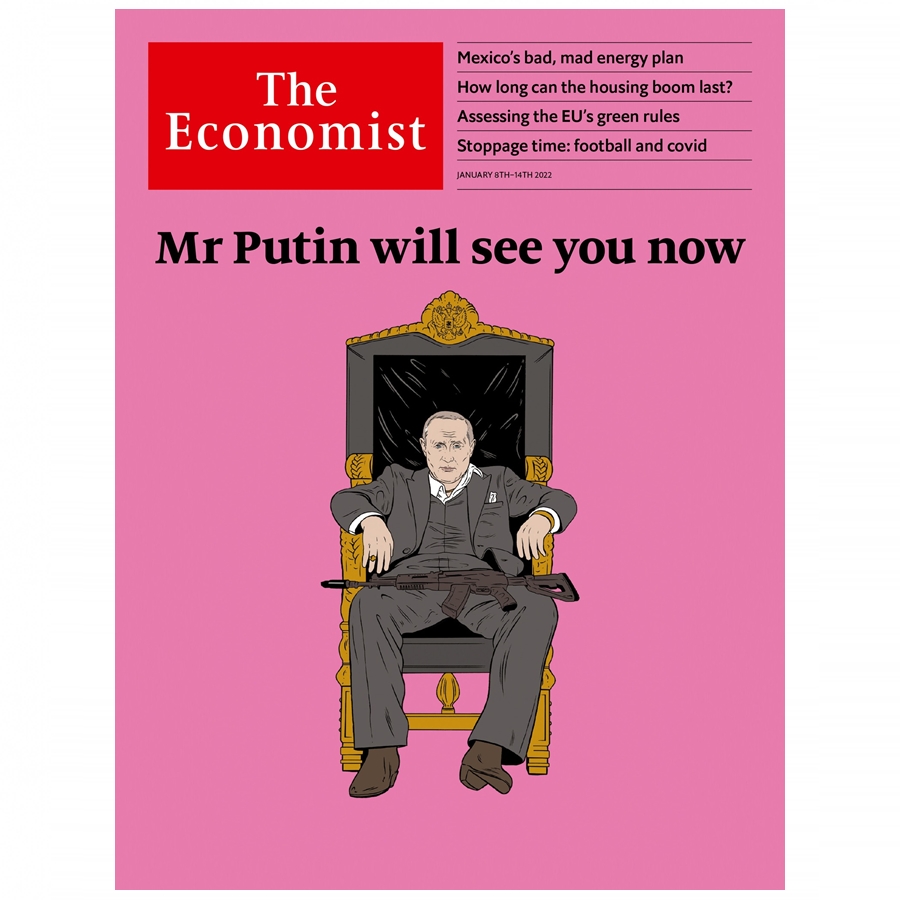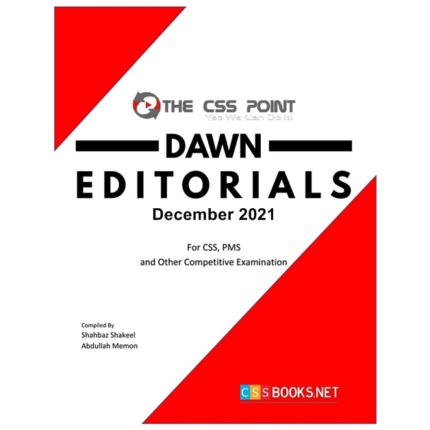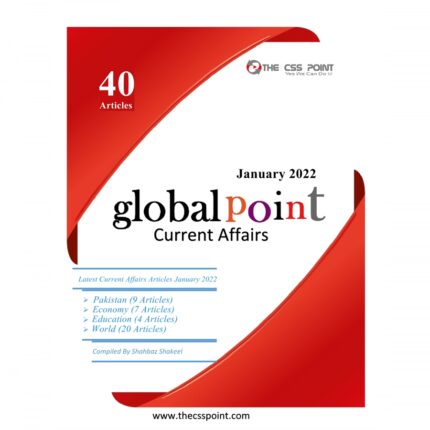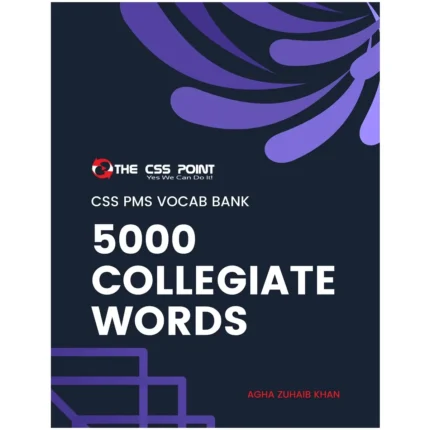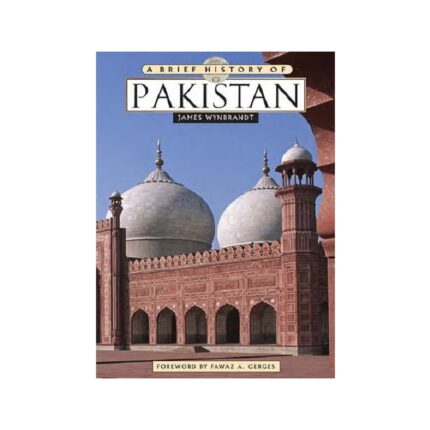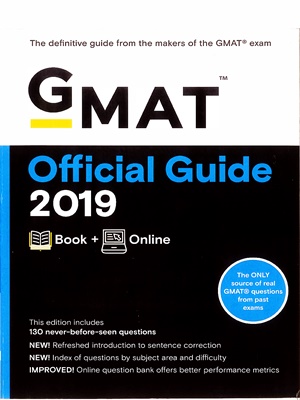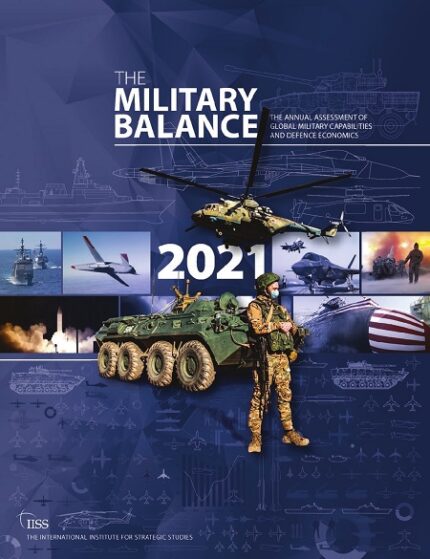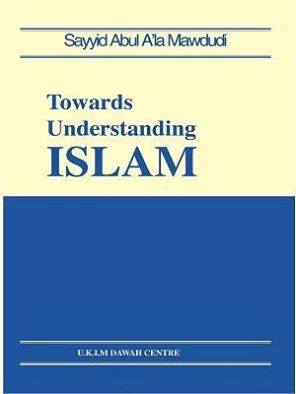The Economist Magazine 14th January 2022
It is usually a bad sign if talks start with one side brandishing a gun. And so it may prove when Russian diplomats meet their North American and Europe an peers next week, back ed by 100,000 troops poised to invade Ukraine. At stake is the future of a country that increasingly sees itself as part of the West, as well as America’s role as the anchor of European security. As the crisis comes to a head, the risk of miscalculation is growing.
Russia’s president, Vladimir Putin, has already issued his demands for the talks , which will kick off between Russia and America in Geneva on January 10th, move to Brussels for the nato Russia Council two days later and wrap up at the Organisation for Security and Cooperation in Europe on January 13th. Mr Putin w ants nato to forswear all further expansion—everywhere, and not just in Ukraine and Georgia, two former Soviet states. America must no longer protect its allies with tactical nuclear weapons and short and medium range missiles. And Russia wants, in effect, a veto over troop deployments and exercises in the eastern parts of nato territory and over military cooperation with all former Soviet countries.
Many of these demands are so extravagant and so detrimental to Europe’ s security that they may re ally be an ultimatum drafted to be rejected, creating a pretext for another invasion of Ukraine (see Briefing). If Mr Putin is indeed bent on going to war, he will. However , robust diplomacy could yet give him pause and help stop the long decay of relations between Russia and the West. Even if talks fail, nato could emerge stronger , more united and clearer about the threat it faces. The Economist Magazine 14th January 2022
[button url=”https://thecsspoint.com/link/10505″ class=”” bg=”” hover_bg=”” size=”0px” color=”” radius=”0px” width=”0px” height=”0px” target=”_blank”] DOWNLOAD NOW [/button]






